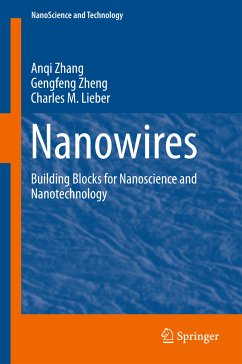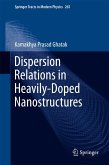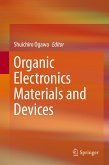This book provides a comprehensive summary of nanowire research in the past decade, from the nanowire synthesis, characterization, assembly, to the device applications. In particular, the developments of complex/modulated nanowire structures, the assembly of hierarchical nanowire arrays, and the applications in the fields of nanoelectronics, nanophotonics, quantum devices, nano-enabled energy, and nano-bio interfaces, are focused. Moreover, novel nanowire building blocks for the future/emerging nanoscience and nanotechnology are also discussed. Semiconducting nanowires represent one of the most interesting research directions in nanoscience and nanotechnology, with capabilities of realizing structural and functional complexity through rational design and synthesis. The exquisite control of chemical composition, morphology, structure, doping and assembly, as well as incorporation with other materials, offer a variety of nanoscale building blocks with unique properties.
Dieser Download kann aus rechtlichen Gründen nur mit Rechnungsadresse in A, B, BG, CY, CZ, D, DK, EW, E, FIN, F, GR, HR, H, IRL, I, LT, L, LR, M, NL, PL, P, R, S, SLO, SK ausgeliefert werden.









